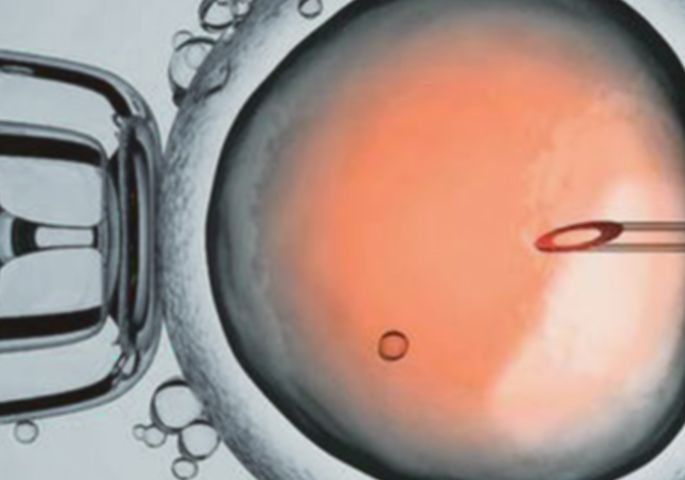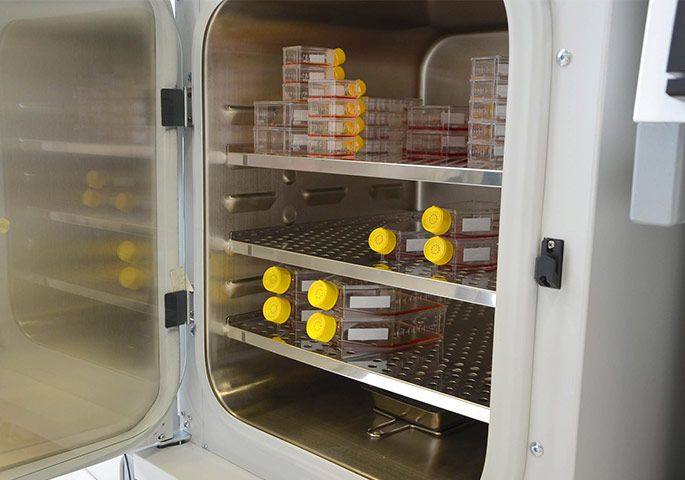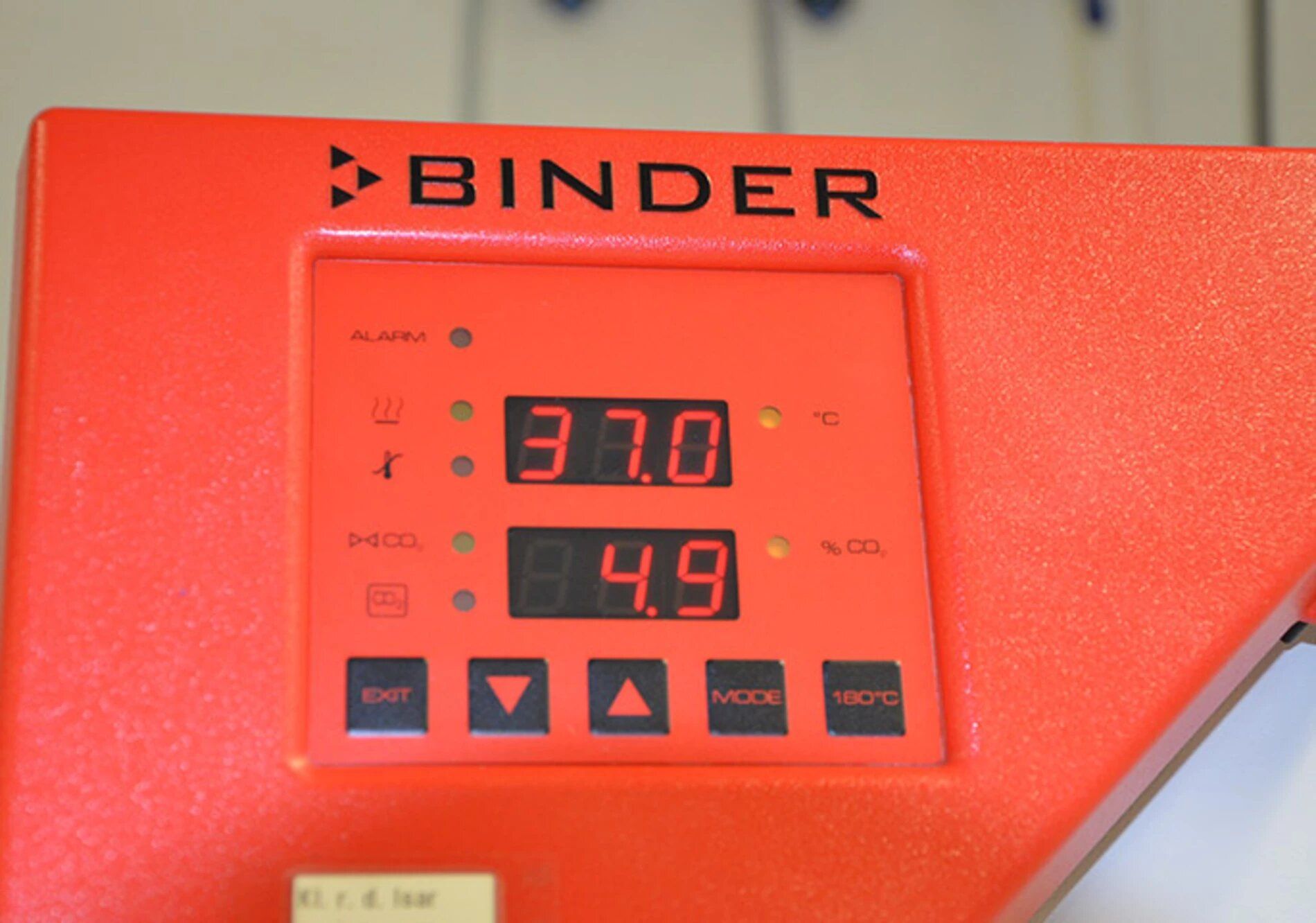CASE STUDY KLINIKUM RECHTS DER ISAR TECHNISCHE UNIVERSITY MUNICH
A renowned scientific institute in Munich is studying the genetic form of leukemia. When someone is diagnosed with leukemia, they have a blood test carried out straight away. They also undergo a detailed genetic analysis. If, once the patient's DNA code has been established, a particular gene is missing, tests are performed on mice to see whether this defect also causes the mice to develop the disease in five to seven years' time. A defective human gene can also be injected into a mouse. The results provide insights into the origins of the genetic form of leukemia and enable new medication to be developed. The BINDER simulation chambers are vital to the institute's work, as they provide plenty of space for growing cells and offer high quality.
Tasks:
Incubating cells
Lots of space required
Incubator should be easy to open
Must be no contamination
Reliable sterilization
Units must provide maximum performance in continuous operation
BINDER solutions:
Temperature range: Ambient temperature plus 7 °C to 60 °C
Humidity range: up to 95 % RH
Alternative O2 control ranges: 0.2-20 vol. % O2 or 10-95 vol. % O2
Auto-sterilization with hot air at 180 °C
Double-pan humidification system with condensation protection
CO2 gas mixing jet with Venturi effect
Hot air sterilizable CO2 sensor with infrared technology


There is plenty of space in the BINDER incubators, which is exactly what the researchers value in their work.

Using the grown cells from the BINDER cabinet, the researchers are trying to achieve new results in cancer research.

You can rely on the BINDER chambers: That's why the research institute in Munich works with them.
A renowned scientific institute in Munich is studying the genetic form of leukemia. When someone is diagnosed with leukemia, they have a blood test carried out straight away. They also undergo a detailed genetic analysis. If, once the patient's DNA code has been established, a particular gene is missing, tests are performed on mice to see whether this defect also causes the mice to develop the disease in five to seven years' time. A defective human gene can also be injected into a mouse. The results provide insights into the origins of the genetic form of leukemia and enable new medication to be developed.
In order to work with mouse models, an egg cell first needs to be fertilized with sperm in vitro. This produces a zygote, which is then incubated in petri dishes at 37 °C in BINDER incubators at the institute in Munich. After several days, an undifferentiated cell clump has developed, providing the scientists with several identical cells. They can now begin to deactivate the gene of interest.
This is, however, also when the period of waiting and observing begins. The laboratory staff need to keep an eye on developments. If a mouse with the same genetic defect as the human with leukemia also develops the disease, this may indicate what is causing it and enable the scientists to make great strides in their research.
BINDER simulation chambers are crucial to the institute's work in this area. 13 CB 160 incubators are currently in use in the new premises in Munich and more will be added in the future with the aim of enabling new insights in the field of cancer research. During our visit, the scientists at the institute explained why they work with BINDER chambers: “BINDER products provide lots of space so we can cultivate lots of cells. The quality is excellent, as are the service and sterilization."
BINDER products provide lots of space so we can cultivate lots of cells. The quality is excellent, as are the service and sterilization.
MS. PRAUSE
Klinikum rechts der Isar (Rechts der Isar Hospital) Technical University of Munich
Advantages of CO2 incubators with hot air sterilization and heat sterilizable CO2 sensor
Maximum usable space with minimal footprint and excellent ease of use
Minimum risk of contamination thanks to uncompromising hot air sterilization
Fanless, easy-to-clean hygienic interior
Stable pH values thanks to drift-free CO2 IR sensor technology
Low evaporation of the medium due to high levels of humidity and quick recovery time